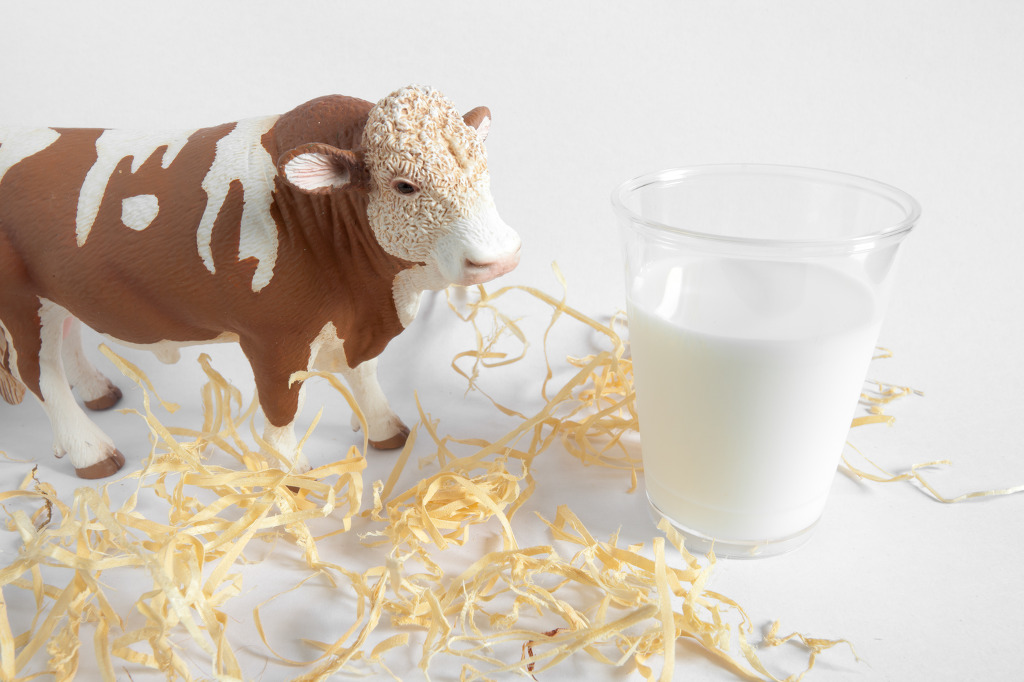
Korea’s annual consumption of milk per person has decreased by 13.6 percent, from 30.8kg in 2000 to 26.6kg in 2015. (image: KobizMedia/ Korea Bizwire)
SEOUL, May 31 (Korea Bizwire) – The quantity of milk that is left unsold is increasing every year. Along with the popularity of imported dairy products, the Korean dairy industry is facing more difficulties.
According to the Korea Dairy Committee (KDC), as of March 2016 the quantity of excess raw milk converted to powdered milk for storage was equivalent to 244,146 tons when converted back to raw milk. The figure first exceeded 200,000t in November 2014, and has remained above that threshold for the past 16 months.
The phenomenon is closely related to declining milk consumption.
Korea’s annual consumption of milk per person has decreased by 13.6 percent, from 30.8kg in 2000 to 26.6kg in 2015. A rising number of nutritional food products and a low birthrate are leading the trend.
Practically, the only way to make use of the leftover powdered milk is to produce dairy products like cheese, and the consistent increase in cheese consumption is a promising sign. According to the KDC, annual cheese consumption per capita has almost tripled since 2000 from 1kg to 2.6kg.
However, this mainly applies to imported cheese.
In fact, domestic cheese production decreased from 27,404t in 2010 to 23,188t in 2015, the same period in which imported cheese production almost doubled from 60,971t to 111,521t. Imported cheese also accounts for 82.8 percent of the Korean cheese market.

According to the KDC, annual cheese consumption per capita has almost tripled since 2000 from 1kg to 2.6kg. (image: Pixabay)
“Domestic raw milk is three times more expensive than imported raw milk,” says a dairy industry official. “There’s no real need to use domestic raw milk for cheese production.”
Lowering the price of raw milk is an unrealistic alternative because the standard price is determined every year according to a set formula that reflects both production costs and consumer prices.
There are voices that demand for institutional assistance to minimize the price gap between domestic and imported raw milk, such as implementing a quota system in which milk manufacturers are obliged to use a certain amount of domestic milk.
Some also claim that improving awareness of domestic dairy products is a more urgent matter.
“Usually people prefer domestic food products over imported ones, although that is not the case for cheese,” said another official from the dairy industry. “There is great demand for Korean beef despite its relatively higher price. As such, we need to focus on improving public awareness of domestic cheese.”
By Lina Jang (linajang@koreabizwire.com)






